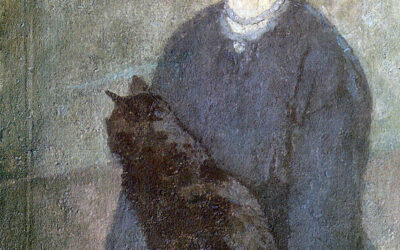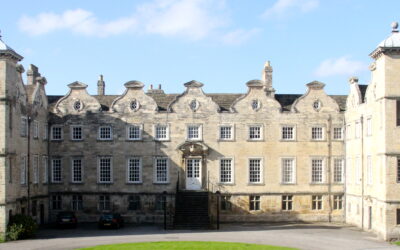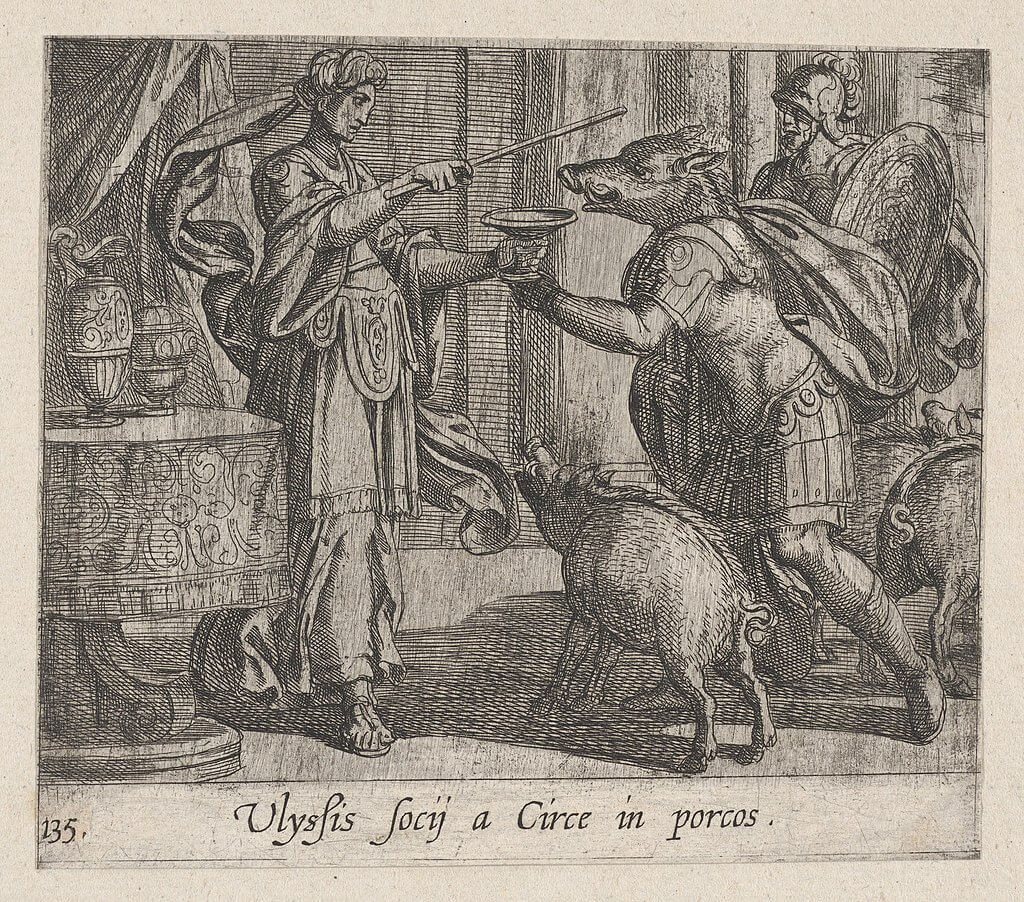
Witchcraft has been around for thousands of years. In fact, references to witchcraft can be found as far back as the Ancient Greeks. In Homer’s Odyssey, around 800 B.C., we encounter the witch Circe: a powerful female figure who punished men by turning them into pigs.
However, when people talk about witchcraft today, they are often referring to the witch trials carried out in England between the 16th and 18th centuries, which were actually supported by the law. This led to the executions of many supposed witches.
What is Witchcraft?
Witchcraft is defined by the UK Parliament as a perceived facility to summon evil spirits and demons to do harm to others. Before any laws were passed, it was left to the mediaeval church to punish those who they believed were involved with sorcery, and to send priests to exorcise those possessed by malign spirits.
By the 16th century, unexplained misfortunes such as the death of a child or a bad harvest were starting to be explained by witchcraft. It was said that an individual could cause fatal harm to plants, cattle or even other people, by way of magic. Thus, the number of accusations of witchcraft during this period began to steadily rise.
When did Witchcraft Become Illegal?
The first law passed in England to criminalise witchcraft was the 1542 Witchcraft Act, which set out the punishment for witchcraft: death. Further changes to the law were made in 1547, 1562 and 1604, eventually passing the responsibility for holding a witch trial from the church to the courts.
The First Witch to be Executed in England
It is often claimed that Agnes Waterhouse was the first person to be tried and executed for witchcraft in the UK in 1566. She was said to have killed her neighbour, William Fynee, using witchcraft. Under questioning, she admitted to harming animals, owning a familiar (a demonic spirit inside her pet cat) and murdering her husband. Her eighteen-year-old daughter Joan was also accused of being a witch, but when Agnes confessed and was hanged, her daughter was acquitted.
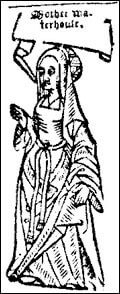
However, Agnes Waterhouse was not the first to be tried for witchcraft; in fact, she was the first whose story was published. A London publisher eagerly assembled accounts of the courtroom scenes and a description of the execution and she eventually became known as the first witch to be hanged in England.
It is difficult to find the exact date of the first witch trial, because prior to the 1542 Witchcraft Act, those accused of witchcraft were tried and punished under laws concerning treason or murder instead. One of the earliest examples on record is that of Petronilla de Meath from County Meath, who was executed in 1324.
Daemonologie by King James I
In 1597, King James I of England (also King James VI of Scotland) first published a book on witchcraft called Daemonologie, a copy of which is held by the British Library. He explains that witchcraft is in fact, real, setting out what he sees as proof, as well as how to hold a formal witch trial and why the only punishment for witchcraft can be death. The book is split into three sections: the first is on magic and communication with the dead; the second is on witchcraft and sorcery; and the third is on spirits and spectres.
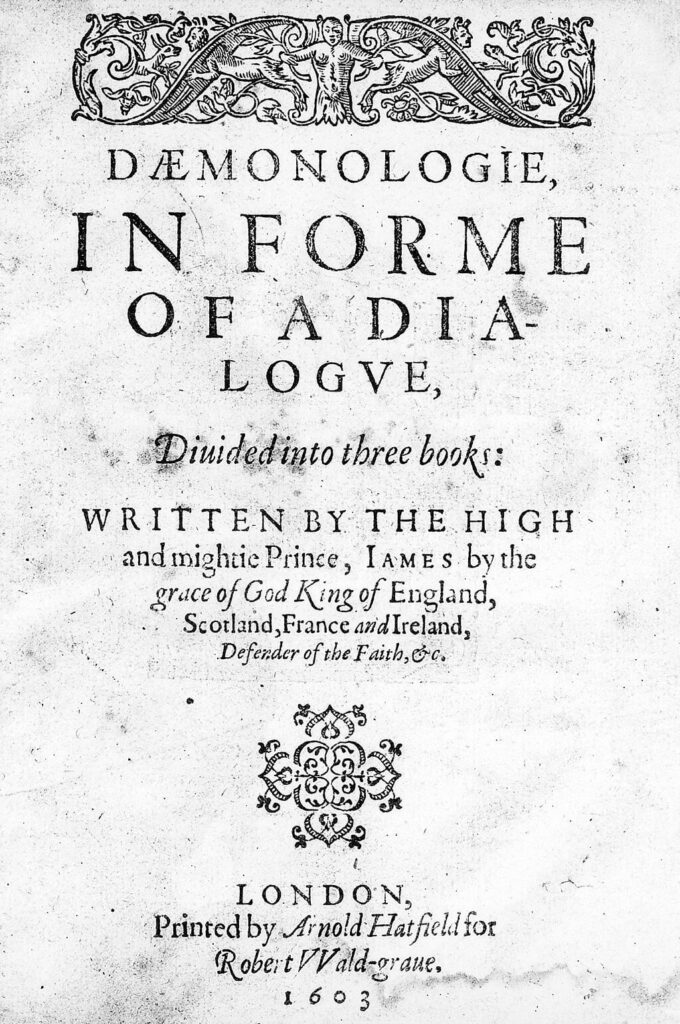
Witchcraft in Macbeth
William Shakespeare wrote Macbeth around 1606, in which his description of the witches known as the Wayward or Weird Sisters is heavily influenced by Daemonologie. For example, the witches’ vanishing/invisible light, their raising of storms, dancing and chanting, sexual acts, gruesome potion ingredients and the presence of animal ‘familiars’. Scholars disagree on whether Shakespeare wrote them in this way in support of the King’s views, or to voice his opposition.
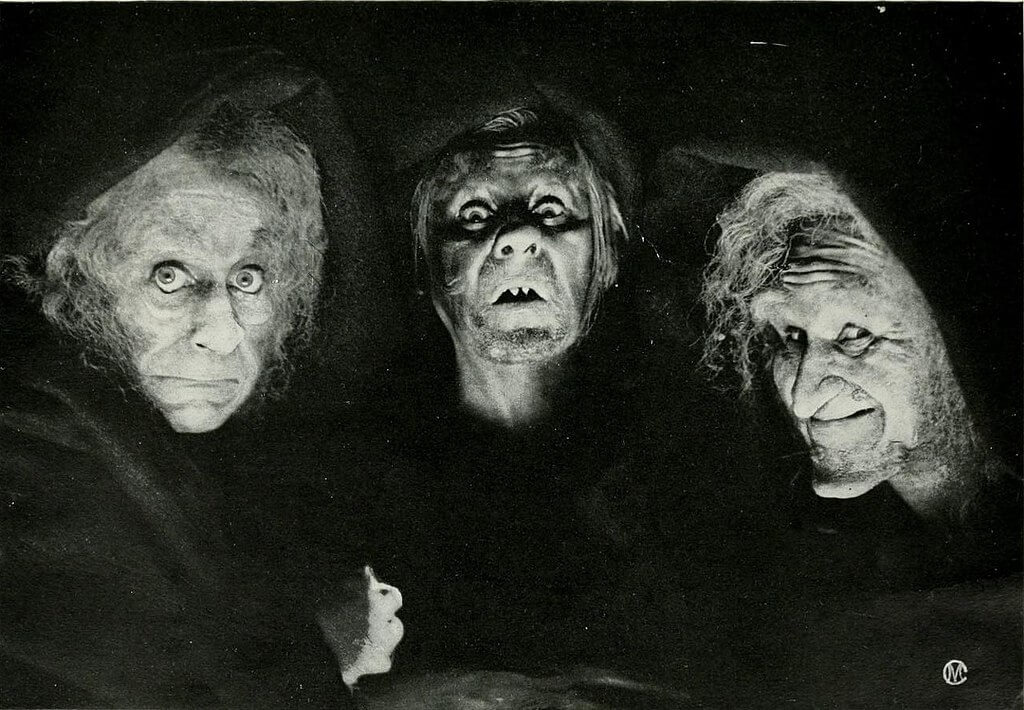
The Discovery of Witches by Matthew Hopkins
Some individuals in England saw the rise in prosecutions for witchcraft as a financial opportunity. Those who claimed to have found a witch were often paid up to a month’s worth of wages by the local magistrates. One of the most well-known witch finders, Matthew Hopkins, who called himself the Witchfinder General, is believed to have had 300 women executed for witchcraft in East Anglia during the English Civil War.
In 1647, Matthew Hopkins published The Discovery of Witches, a copy of which is held by the British Library, in which he describes his grim profession. According to him, so-called proof of witchcraft could include the existence of a third nipple, an unusual scar or birthmark, a boil or growth, or even owning a cat or any pet seen to be a ‘familiar’. He managed to extract confessions which he saw as validity of his work, though these tended to be made under torture. One of his torture methods was that of tying up a suspect and throwing them into a river or a pond. If they sank and died, the trial was deemed to be successful although the suspect was innocent. If they floated, this was taken as evidence of guilt, and they were hanged.
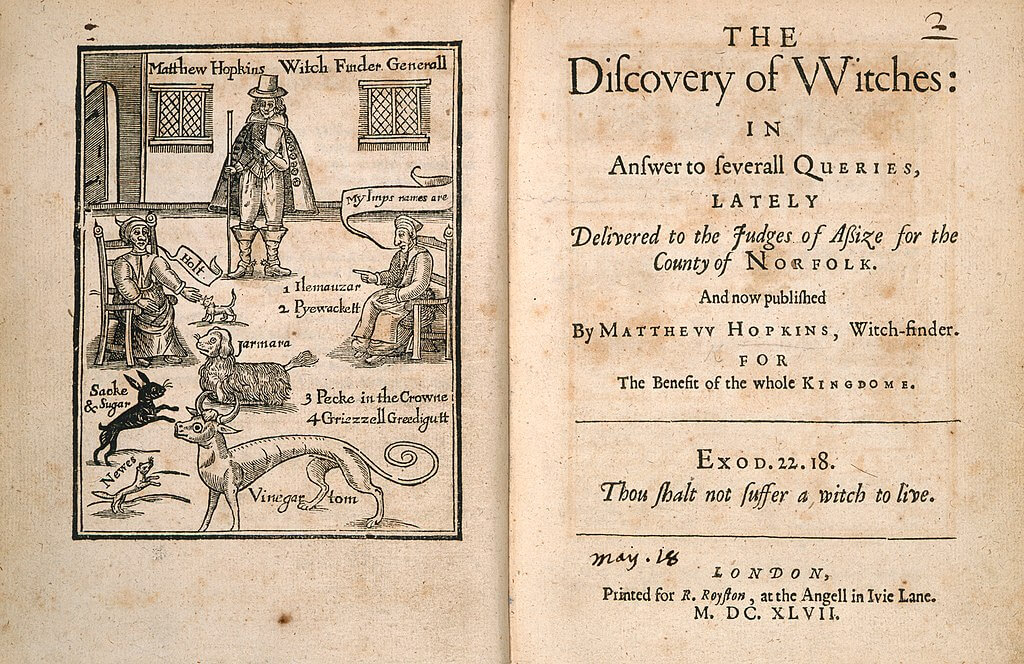
The End of the Witch Trials in England
It is believed that over a period of 200 years, around 500 people in England were executed for witchcraft. The final execution took place in Devon in 1685.
Helen Duncan was a medium, active during the Second World War, and claimed to be able to communicate with the dead. In 1941, she revealed that the HMS had been sunk in the Mediterranean Sea, although this fact was not yet known to the public. She was arrested in 1944, perhaps due to the upcoming D-Day landings and the fear that she might find out and reveal various details to the public.
She was tried at the Old Bailey and given a prison sentence, after which time she continued to be harassed by the police until her death in 1956. A bronze bust of Helen Duncan was presented to her hometown of Callander, but due to the controversy surrounding her story, this is kept at the Stirling Smith Art Gallery and Museum.
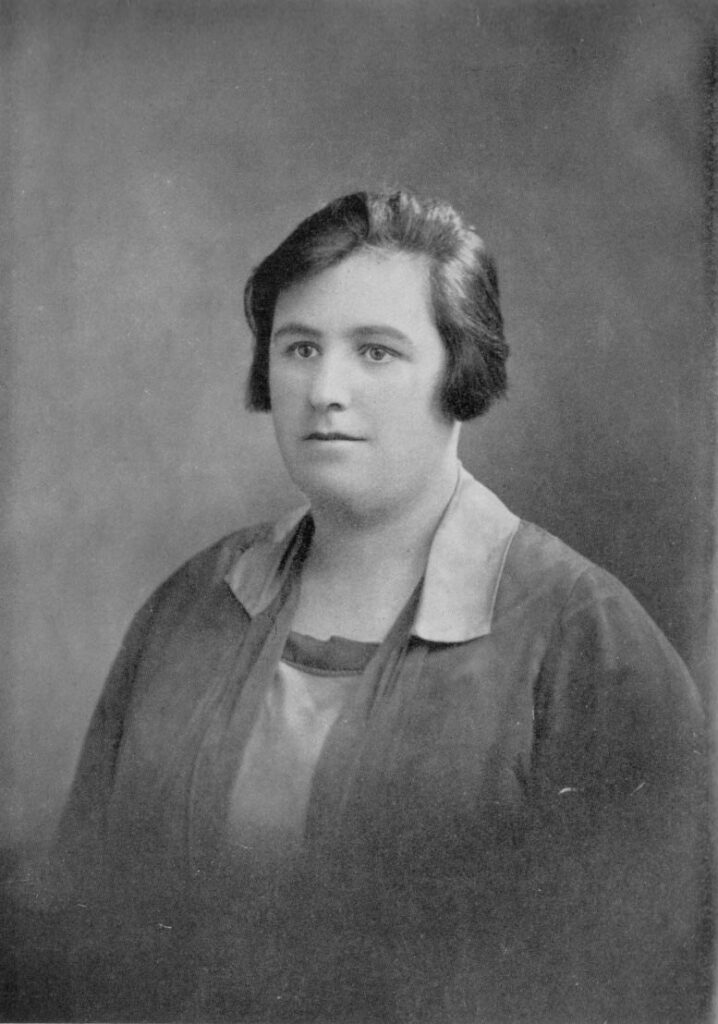
Where Does the Law Stand Today?
A law passed in 1736 reduced the punishment for witchcraft to fines or imprisonment, and removed the death penalty, but it was not for another 200 years that witchcraft was finally decriminalised, in 1951. One of those pushing for this was a relative of Sir Isaac Newton, whose studies included the occult alongside mathematics, physics and philosophy. It is said that despite the dark history of witchcraft in England, the discussion of this bill in the House of Commons caused much laughter among MPs.


